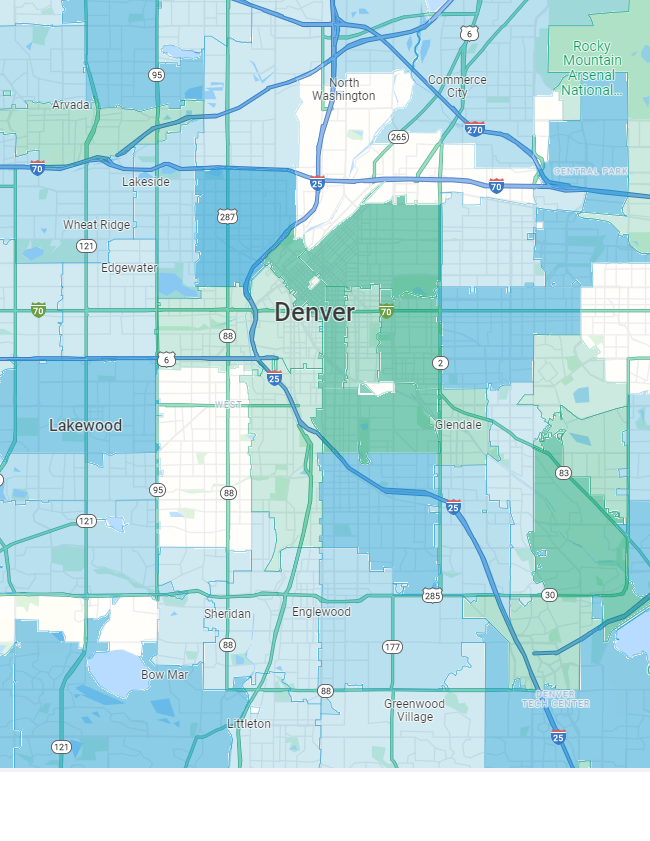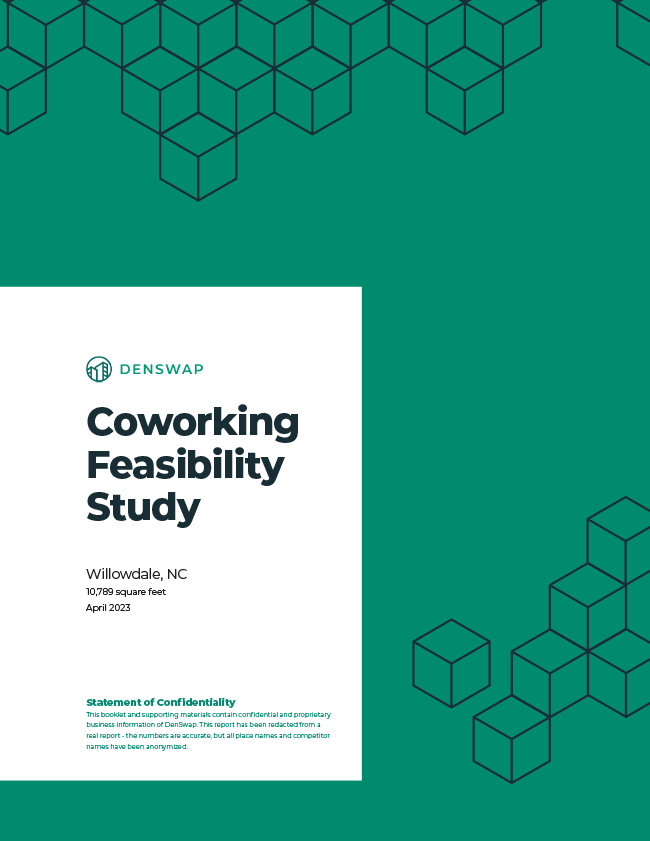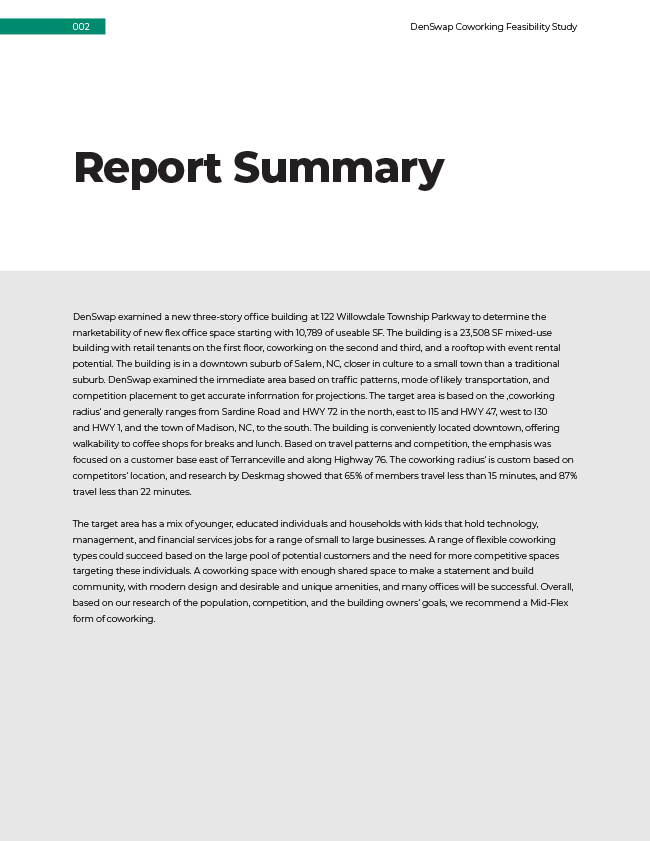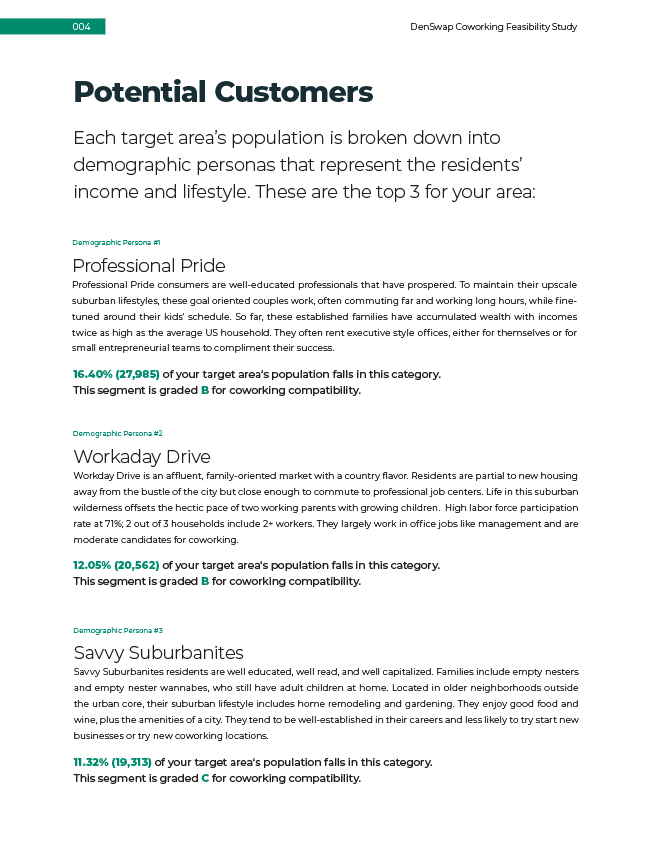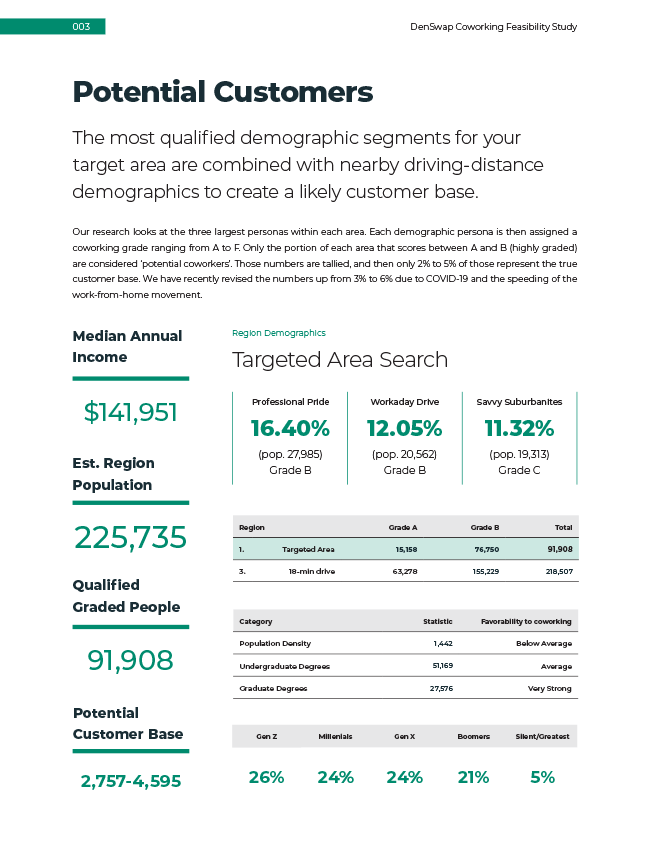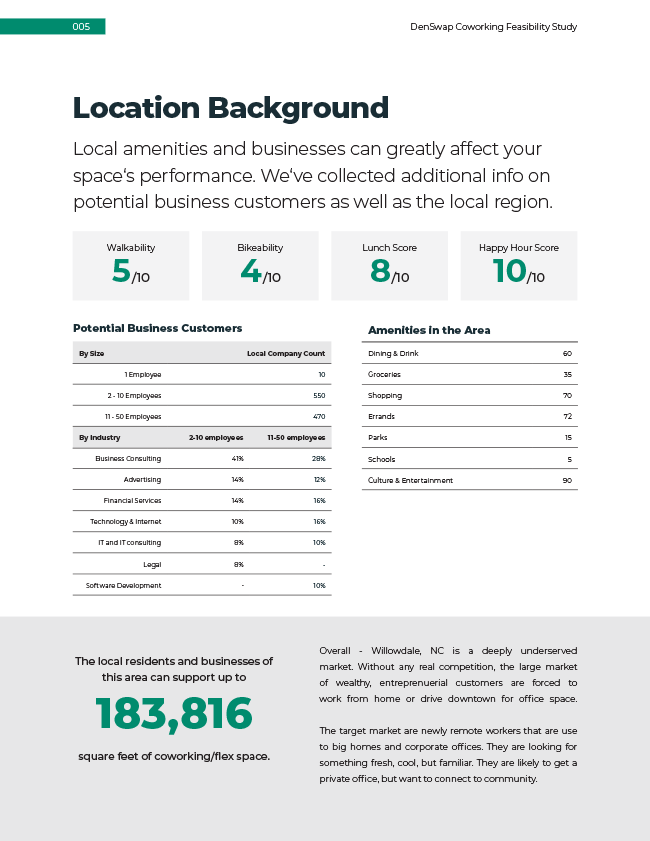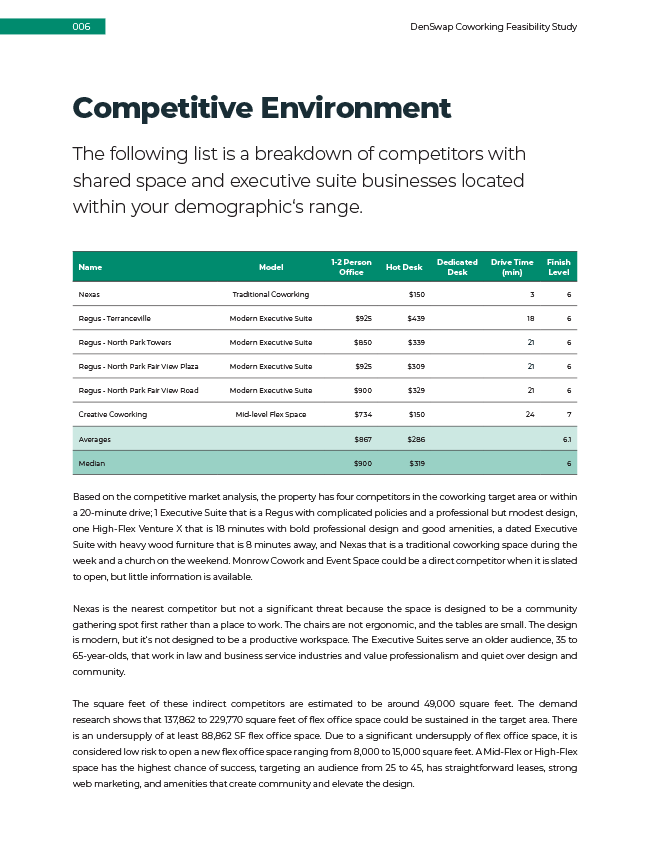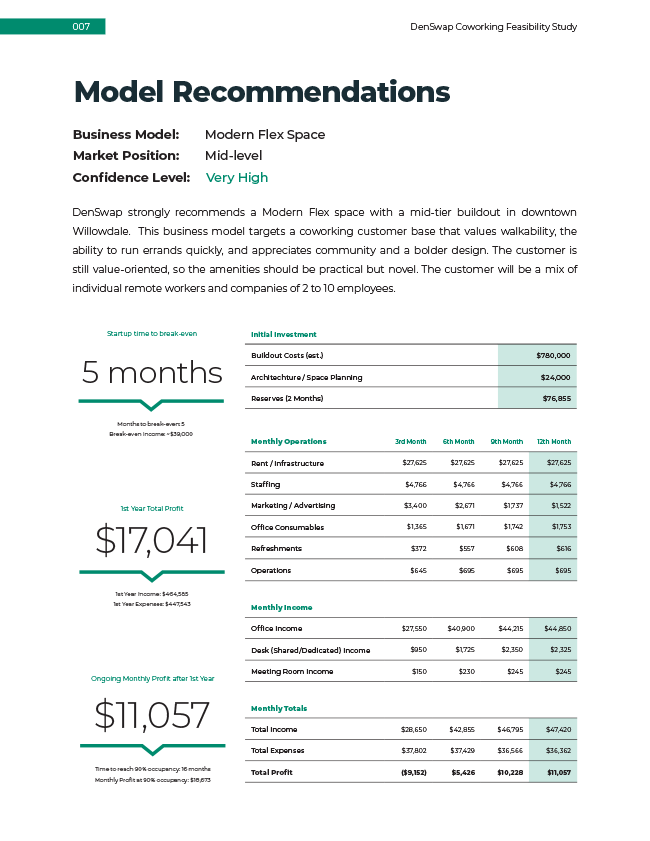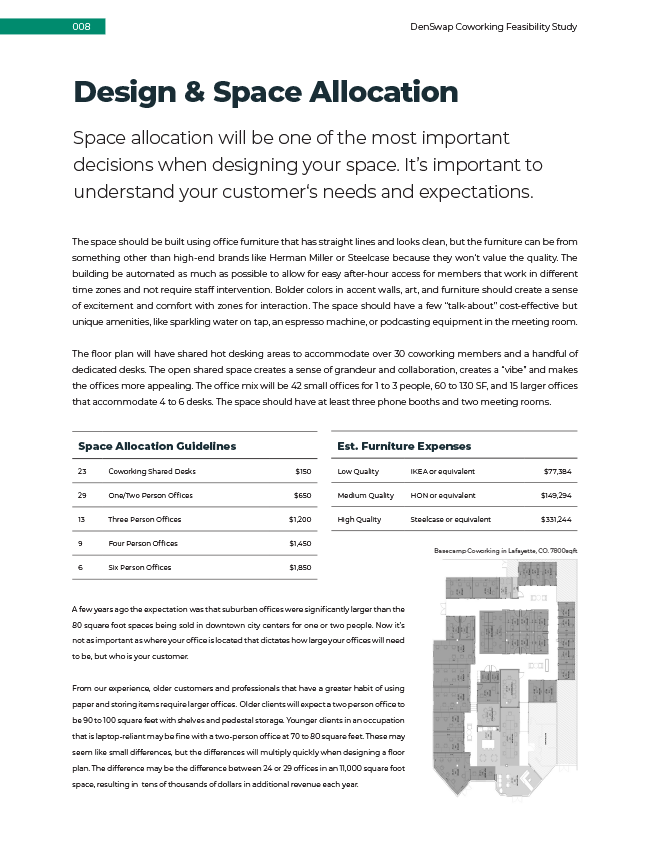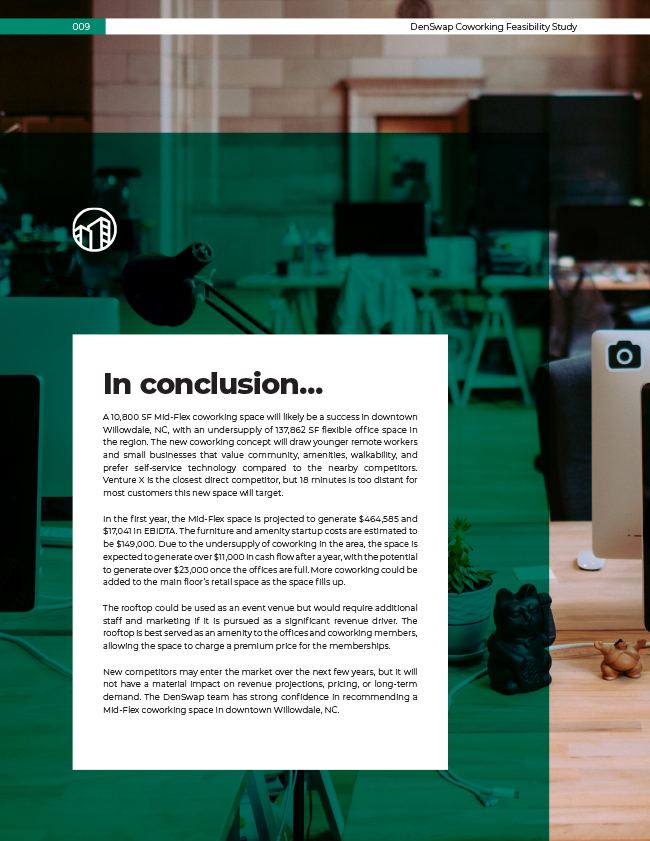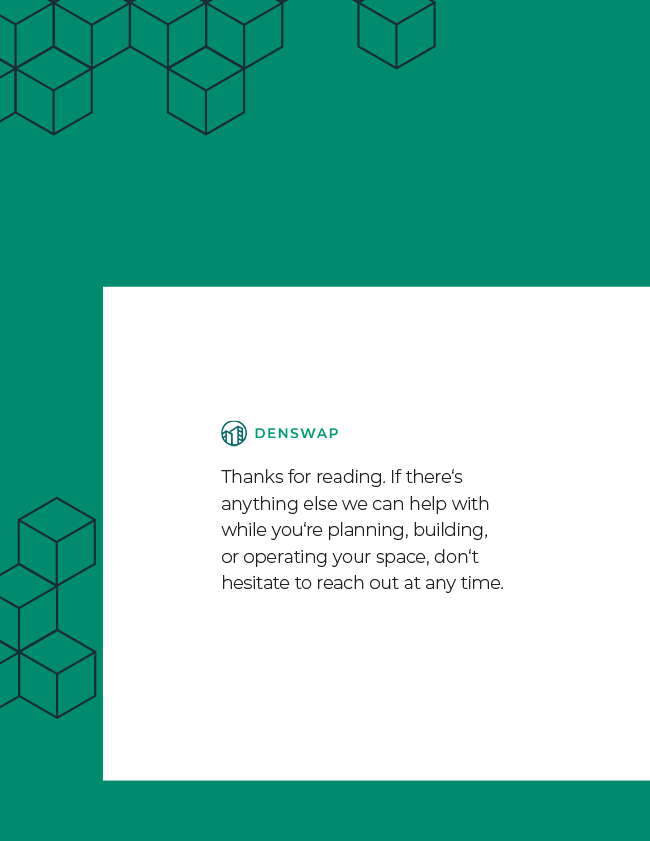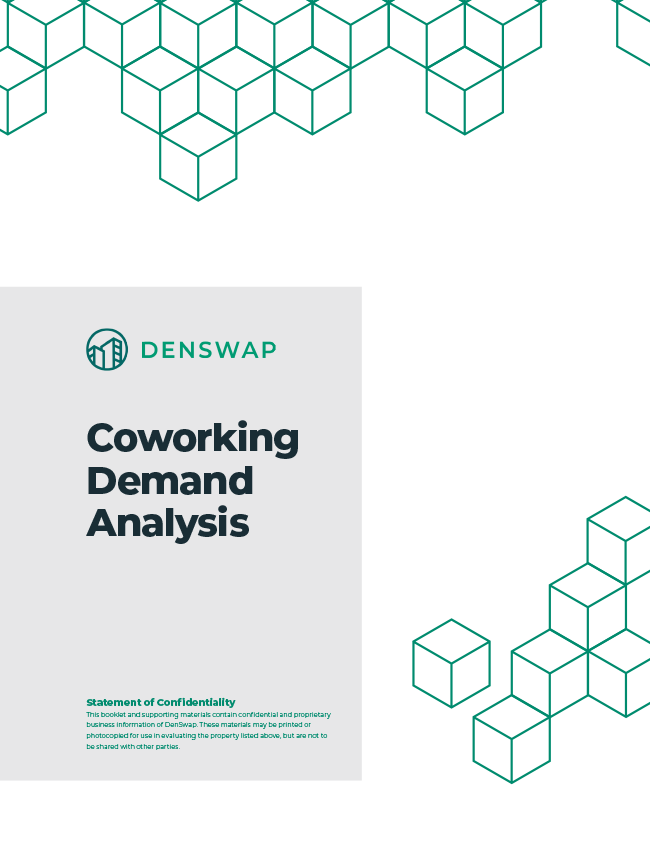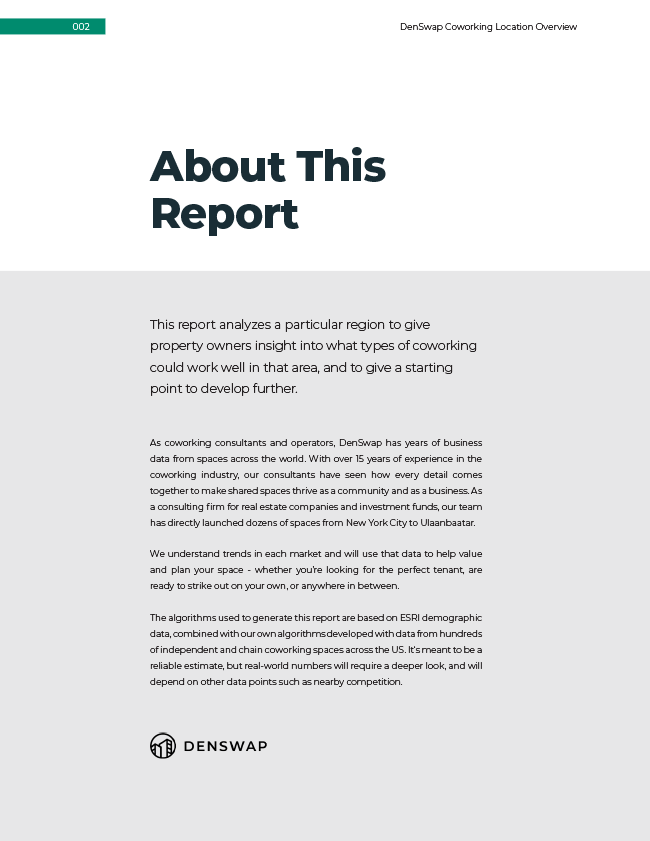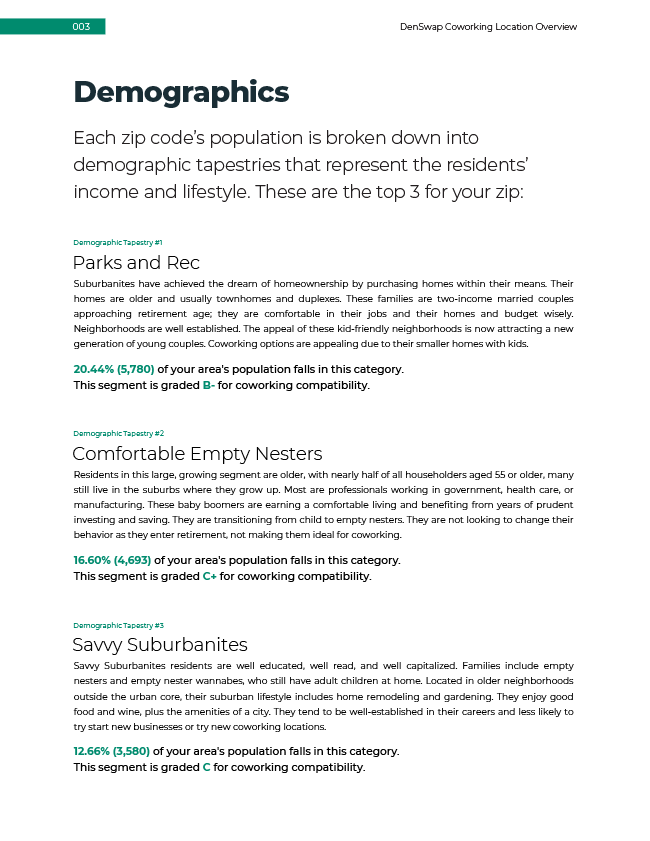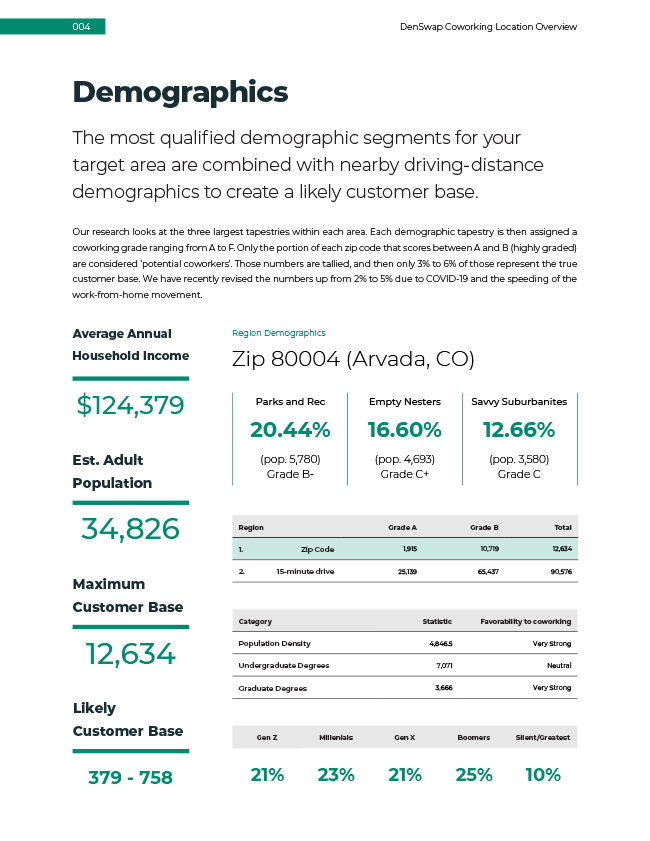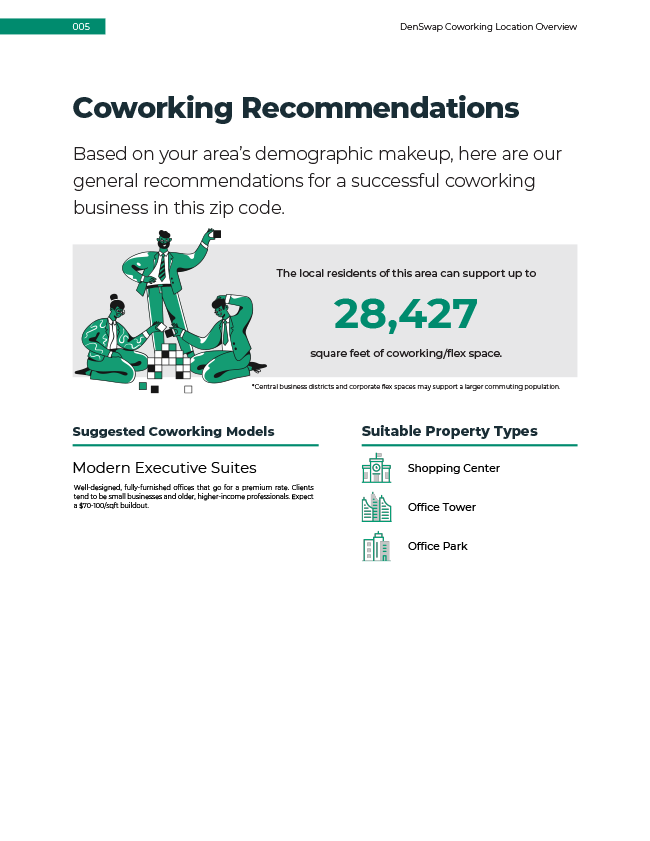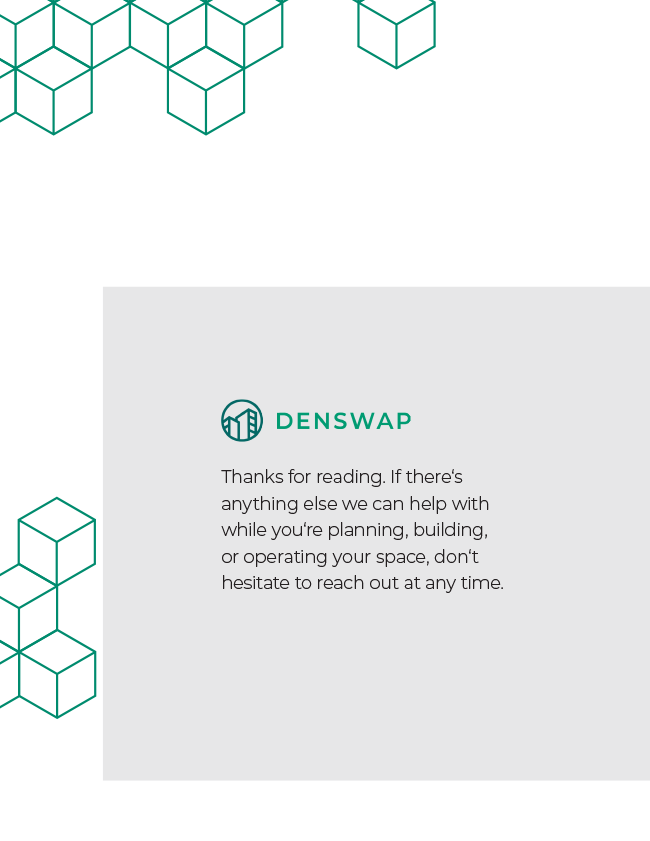How to convert retail, industrial, and commercial offices to coworking/flex space.
Flex office spaces are not limited to traditional office buildings anymore. One of coworking’s biggest strengths in the Great Recession was the ability to adapt to a 100 year former hat factory, a 9,000 square foot strip mall unit, or a Victorian home. In the last few years coworking companies have taken advantage of the oversupply of retail space with lower rental rates, ample free parking, walkability to a few lunch spots, and visible signage.
As retail needs continue to shrink in the US and few retailers are growing into 5,000 to 15,000 SF units, vacant retail units can create a large loss of revenue for the landlord and blight for the other tenants. Property owners traditionally have repurposed retail units to be used for gyms, churches, and charter schools even though they aren’t willing to pay past rental prices. Coworking can be an attractive option that can drive higher revenue compared to these choices and at lower buildout costs compared to the most drastic options of building for multi-family or medical offices. Of course, not all retail locations are good coworking locations and a feasibility study is recommended.
In 2019 a suburban coworking space between Boulder and Denver recently combined three small units that once housed a music store, a dive bar, and antique shop in a strip mall to create a 7,500 SF coworking space with 24 offices and room for over 60 coworking members. It took 4 months of construction to repurpose the retails units, but by the time it opened the space was generating over $18,000 in monthly rents with potential of generating over $34,000 in the coming months from memberships.
If the property owner used a management contract then the three units would not have sat empty for over a year and a half costing the landlord over $168,750 in lost revenue ($15 per SF plus NNN). The property owner could have been proactive and partnered with an established coworking operator to plan the space and start generating revenue within months of the space being empty.
Here are a few additional examples of coworking spaces going into retail or restaurant units. All calculations are based on competitive market expectations for tenant improvements (TI) and months of free rent for a 10 year lease at the end of 2019.
Case Study: Suburban Retail/Restaurant to Coworking
Restaurants and large suburban retail outlets are solid choices for flex space conversion due to their large open spaces, ample parking, etc. Your space should be a minimum of 5,000 square feet, although in most areas 8-10K is preferred. A good candidate for flex space conversion might have previously held a Golden Corral, Barnes & Noble, TJ Maxx, and so on. Wealthy suburban neighborhoods work best – ideally, the average household income in a five mile driving radius should range in between 75 – 130K/yr.
For the purposes of this financial projection, we assume that the retail space will remain empty for 26 months with a rental rate of $12/sqft with $6/sqft NNN, based on 2020 US averages.
- Case Study Assumptions
- Lease vacancy: 26 months
- Lease rate: $12 + $6 NNN
- Rent Abatement: 6 months
- Size: 10,000 sqft

Traditional Lease
| Lost Rent/NNN | $390,000 |
| TI Budget | $240,000 |
| Coworking Startup Costs | $0 |
| Free Rent | $110,000 |
| Total lost revenue + investment | $715,000 |
Coworking Management Contract
| Lost Rent/NNN | $60,000 |
| TI Budget | $435,000 |
| Coworking Startup Costs | $77,000 |
| Free Rent | $0 |
| Total lost revenue + investment | $572,000 |
One of the biggest advantages to the suburban conversion is the accelerated time-to-market, keeping the space from sitting empty and accruing debt. Coworking spaces like this are typically open sooner resulting in $143,000 of rental revenue that wasn’t lost due to vacancy. The landlord earns a 61% premium on monthly rents when the coworking space is stable.
Case Study: Urban Neighborhood Retail/Restaurant to Coworking
Retail/Restaurant conversions in the first-ring neighborhoods of tier 1-3 cities were among the first real estate properties to be converted to coworking around 2005-2010, and it’s still an easy choice for conversion today. It’s very common to see a ~5-8,000 sqft, 50+ year-old brick building retrofitted for flex space, even if it wasn’t previously used for office space or has natural partitions. A good candidate for this type of flex space conversion might have previously held a neighborhood restaurant, or have consisted of 2-3 local retail spots that can be combined to a single space, or be the second and third floor to a local microbrewery. What these spaces lack in parking or large open spaces they gain in walkability and neighborhood feel. Coworking customers in these spaces often value community and neighborhood involvement.
- Case Study Assumptions
- Lease vacancy: 18 months
- Lease rate: $25 + $8 NNN
- Size: 5,000 sqft
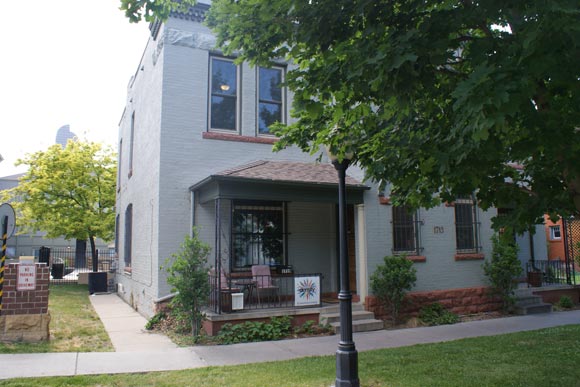
Traditional Lease
| Lost Rent/NNN | $247,500 |
| TI Budget | $125,000 |
| Coworking Startup Costs | $0 |
| Free Rent | $82,500 |
| Total lost revenue + investment | $455,000 |
Coworking Management Contract
| Lost Rent/NNN | $55,000 |
| TI Budget | $217,500 |
| Coworking Startup Costs | $46,200 |
| Free Rent | $0 |
| Total lost revenue + investment | $263,700 |
In this case study, the space is started and opens sooner resulting in $192,500 of rental revenue that was not lost due to vacancy. The landlord earns a 22% premium on monthly rents when the coworking space is stable.
Case Study: Suburban Office Building to Coworking
Counterintuitively, Suburban office conversions are a newer trend in the flex space industry. As trendier inner-ring neighborhoods fill up and the concept of coworking has risen in prominence, more suburban office spaces have converted a portion of their office footprint to coworking in lieu of executive suites. As the economy opens back up after COVID-19, more enterprise and SMBs are moving to smaller, flexible campuses in the suburbs (see What is the future of coworking, flex spaces, & commercial real estate?). With that trend in mind, along with the increase in work-from-home policies, the future is bright for suburban office conversions. Like suburban retail/restaurant conversions, office conversions benefit from large open spaces and spacious parking lots, but can often expand to 10-20,000 sqft and include large multi-person office suites for enterprise clients.
- Case Study Assumptions
- Lease vacancy: 9 months
- Lease rate: $12 + $6 NNN
- Size: 14,000 sqft
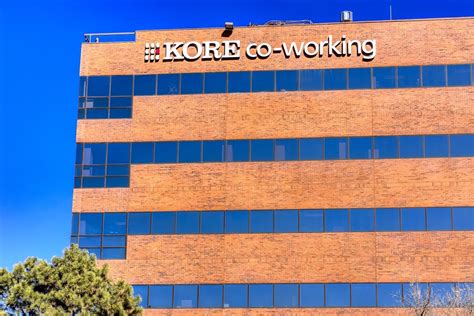
Traditional Lease
| Lost Rent/NNN | $189,000 |
| TI Budget | $168,000 |
| Coworking Startup Costs | $0 |
| Free Rent | $84,000 |
| Total lost revenue + investment | $441,000 |
Coworking Management Contract
| Lost Rent/NNN | $84,000 |
| TI Budget | $609,000 |
| Coworking Startup Costs | $107,800 |
| Free Rent | $0 |
| Total lost revenue + investment | $800,800 |
In this case study, the space is started and opens sooner resulting in $105,000 of rental revenue that was not lost due to vacancy. Due to lower lease rates, lower buildout costs compared to other specialty industries like dental and medical, and a larger footprint for offices, the landlord earns a 114% premium on monthly rents when the coworking space is stable.

Create something amazing.
Coworking doesn’t work for every space and neighborhood, but coworking absolutely works in more diverse markets than the downtown WeWork ideal. If you’ve got a property that might work as a flex space, the next step is to determine the best coworking business model and operator for you.

